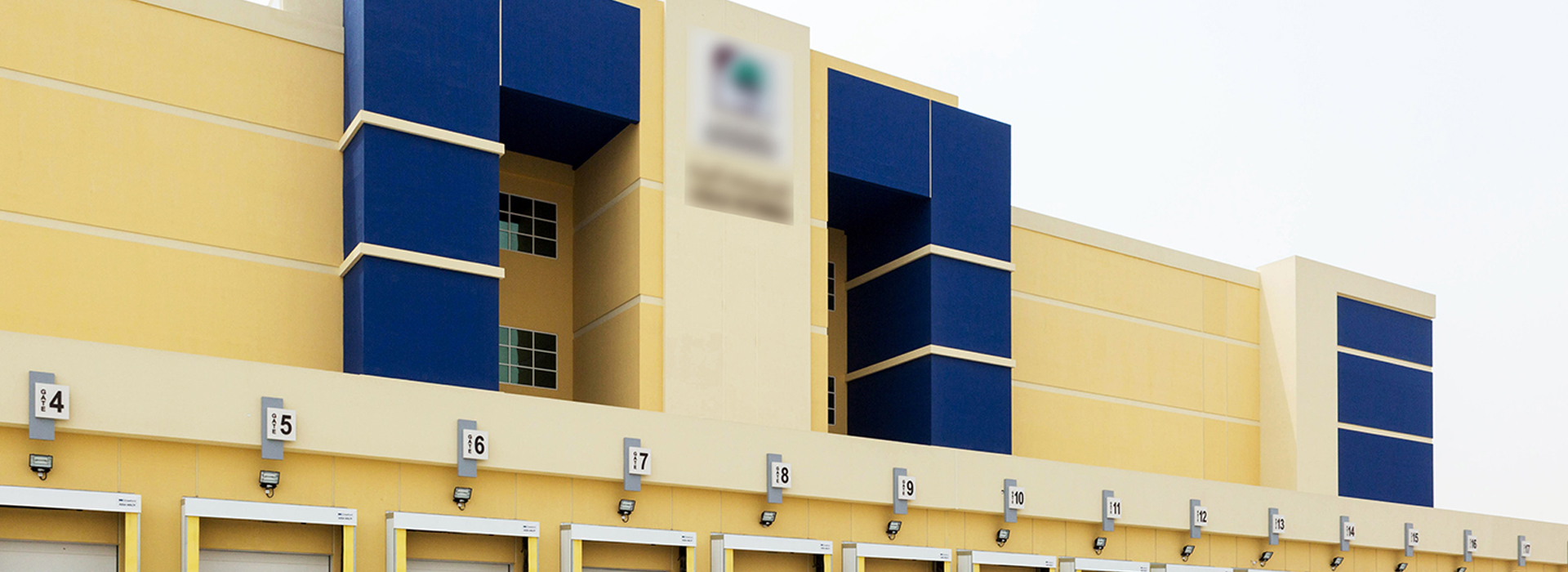As demand for perishable products grows worldwide, efficient and effective cold chain management requires strong partnerships and quick reactions.
Shippers have been managing the challenge of transporting temperature-sensitive goods since the 1700s, when British fishermen began using ice to preserve their catch while at sea. Today, the global market for cold chain products is expanding rapidly.
Since cold chain logistics requires maintaining temperature integrity, controlling all the processes
involved means high levels of integration and coordination. Each supply chain step and
partner—from farmer/harvester or producer to the ultimate seller—shares responsibility and there
are multiple phases and facilities along the way which contribute to keeping products fresh.
What is a cold room?
A cool room or cold room is a large refrigerated room or building designed for storage of goods in an environment below the outdoor temperature. Products needing refrigeration include fruit, vegetables, seafood, meat, medicines, vaccines Cold rooms are often located near shipping ports
used for import/export of produce or in Major SuperMarkets, at Farms, Hotels, Pharmaceutical companies, Hospitals, Blood Banks
Regulating and maintaining the right temperature and humidity to maintain and extend the life of your products can be challenging as well as risky, as different products require different temperatures to be sustained. Traditional temperature monitoring systems depend solely on the
experience of the operator who must be on-site to adjust and manage the whole system. Classification Temperature:
0 °C ~ + 22°C: Hallway, corridor, Mushroom Plant, Medicines Storage, Processing Room, Packing
Room
-5 °C ~ + 5 °C: Pre-Cooling, Keep Fresh,
-10 °C ~ -20 °C: Freezer Storage
-25 °C ~ -30 °C: Low Temperature Storage, Quick-Freeze
-35 °C ~ -40 °C: Blast Freezer, Quick-Freeze
Correctly maintaining the temperature of perishable products is necessary to preserve quality and safety from the point of harvest or manufacture through the supply chain to the consumer. For food products, failing to maintain proper shipment temperature can result in textural degradation,
discoloring, bruising, and microbial growth.
Types of Cold Storages:
- Warehouse Cold Storages
- Walk-In Chillers & Freezers
- Portable Skid Mounted Cold Rooms
- Offshore Refrigerated Containers
- Refrigerated Truck Bodies & Semi-Trailers
Quality is pivotal when it comes to perishables and this can only be guaranteed by experienced and
competent personnel who have a thorough understanding of the specific requirements of the Cold
Chain. With expertise in all aspects of perishable logistics, our team possesses vast experience in the industry enabling us to offer a personalised solution.
Cold Chain – Insulated Doors
There are also a number of speciality doors available for both on-site facilities and transport vehicles which help to maintain temperatures. It is not only the automation which creates a more efficient doorway but think about how many times during the day that a forklift/vehicle operator may be required to exit their vehicle to open a regular manual facility door, and then get back, drive through the opening and exit the vehicle once again to close the door behind them (and if they do indeed close it behind them each time). Every second that the door remains open longer than it needs to –
you are losing valuable temperature conditioned air.
TSSC supplies a choice of CFC free polyurethane insulated doors in different thickness for various applications. These include:
1. Sliding doors from ITALY and DENMARK 2. Hinged doors from USA and France 3. Traffic swing type doors with glass porthole from MIV (Italy) 4. Hydraulic self-closing doors 5. Controlled atmosphere doors 6. Horizontal and Vertical Automatic doors from Europe 7. Single and Double leaf swing doors from Europe 8. Display thermal glass doors 9. Insulated sectional doors 10. High Speed Curtain Doors 11. Controlled Atmosphere Entrance